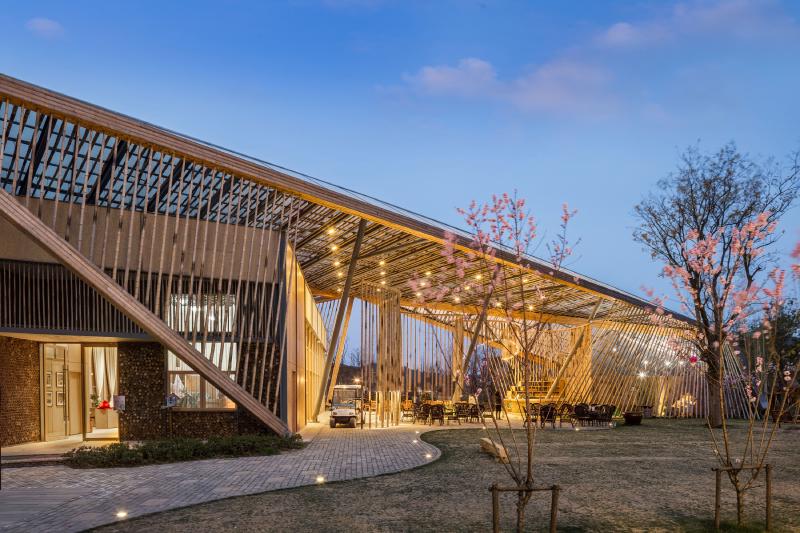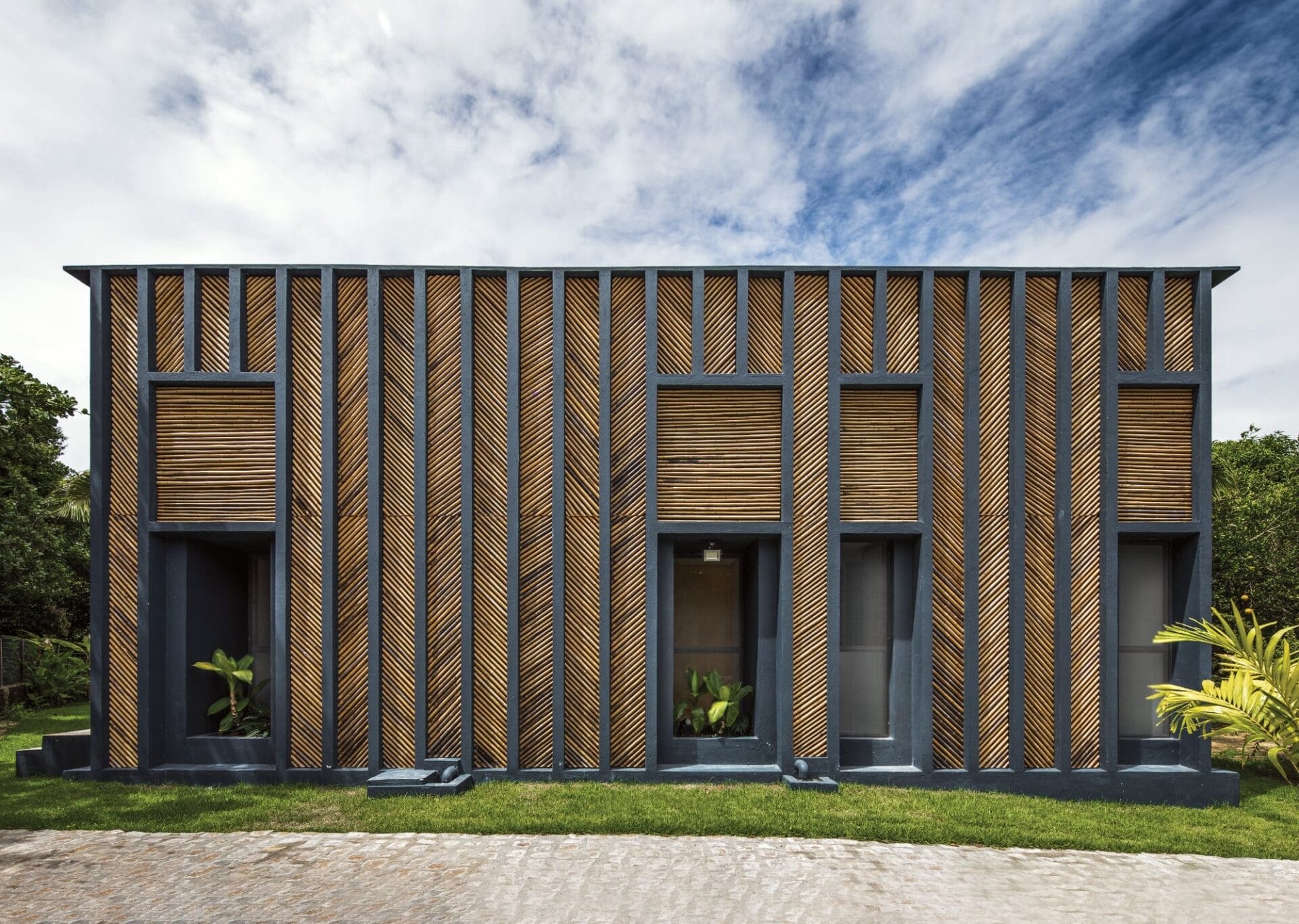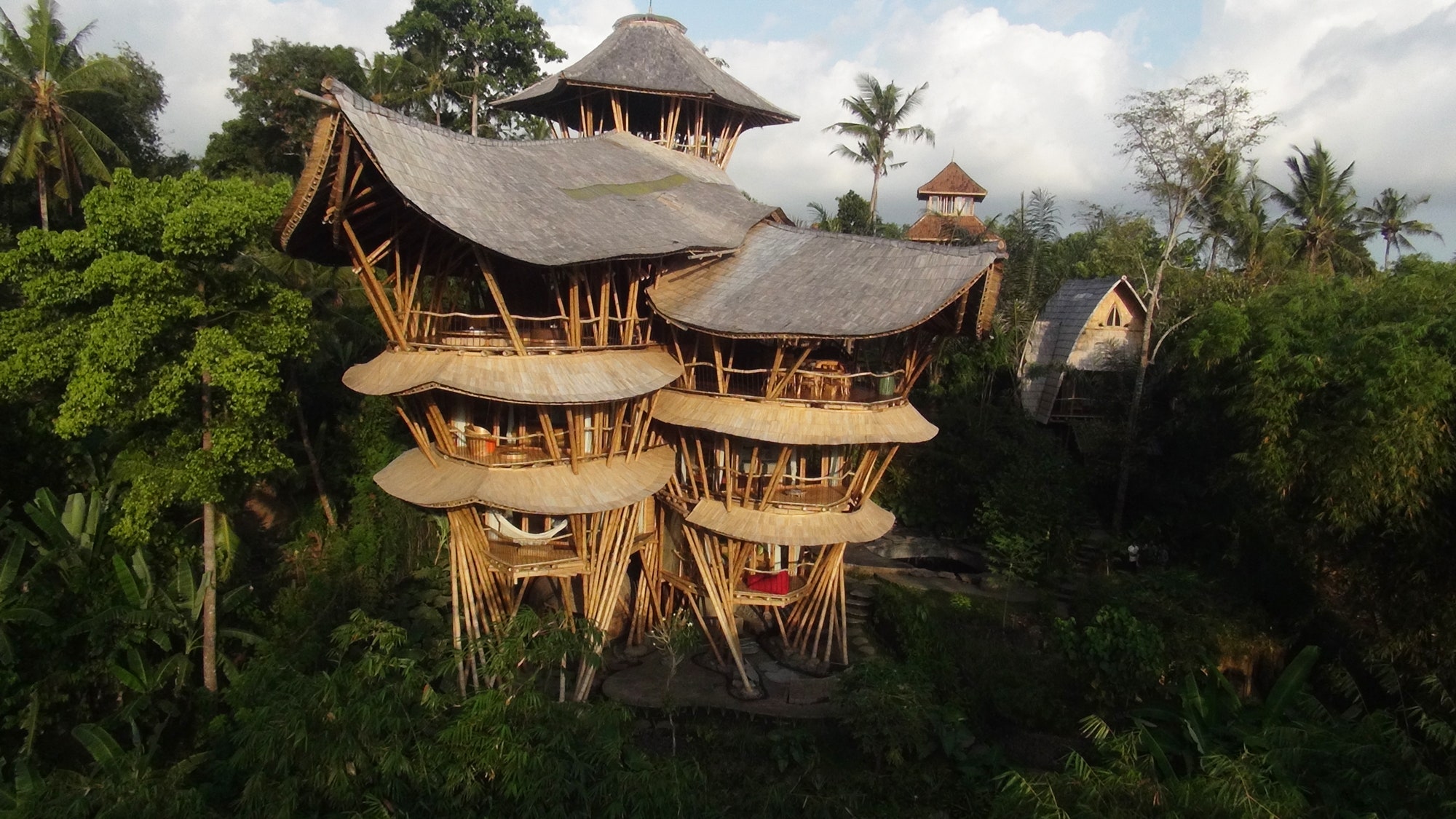Bamboo structures utilize a variety of existing building products, which are made from one of the most versatile and sustainable building materials.
Bamboo is a very fast-growing plant that thrives in a variety of different climates.
Climates span the globe, from northern Australia to East Asia, from India to the United States, Europe and Africa…even Antarctica.
Because it is so strong, it can be used as a structural material, and its beauty provides a beautiful finish.
As wood becomes increasingly scarce, bamboo construction will become increasingly valuable outside of tropical climates, where the benefits of using bamboo have been known for centuries.
Classifying a structure as environmentally friendly would include the use of materials that do not have an adverse impact on the global environment and can be regenerated within a short period of time. Bamboo buildings fall under the eco-friendly category because the plants grow extremely quickly compared to trees.
Bamboo has a large leaf surface area, which makes it very efficient at removing carbon dioxide from the atmosphere and producing oxygen. Being a grass that grows so quickly means it needs to be harvested every 3-5 years, while softwoods take over 25 years and many hardwoods take over 50 years to mature.
Of course, any manufacturing process and travel to the final destination should be taken into account when assessing the environmental impact of any resource if it is to be classified as environmentally friendly.
Growing concern for the environment and the movement to use more renewable resources have led to the growing popularity of more naturally constructed buildings that fit or blend with their environment in an aesthetically pleasing way.
The construction industry is taking notice, there are now more building products made from bamboo and they can now often be found locally.
Post time: Jan-17-2024








